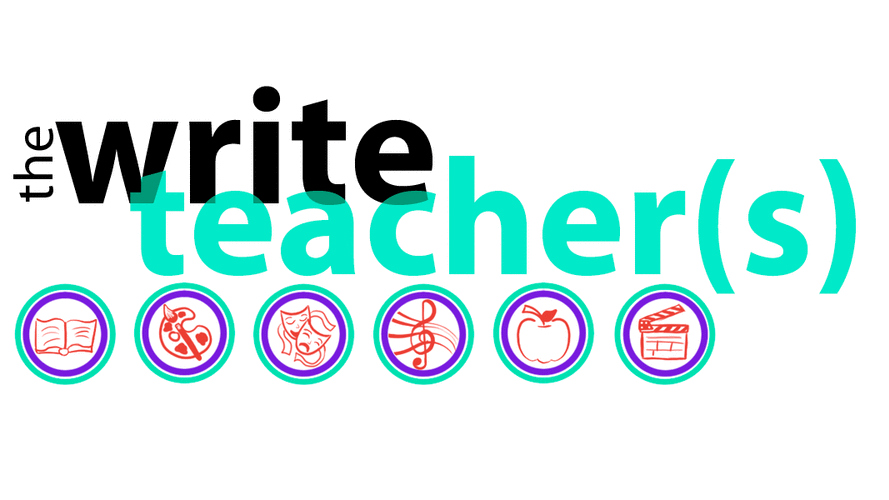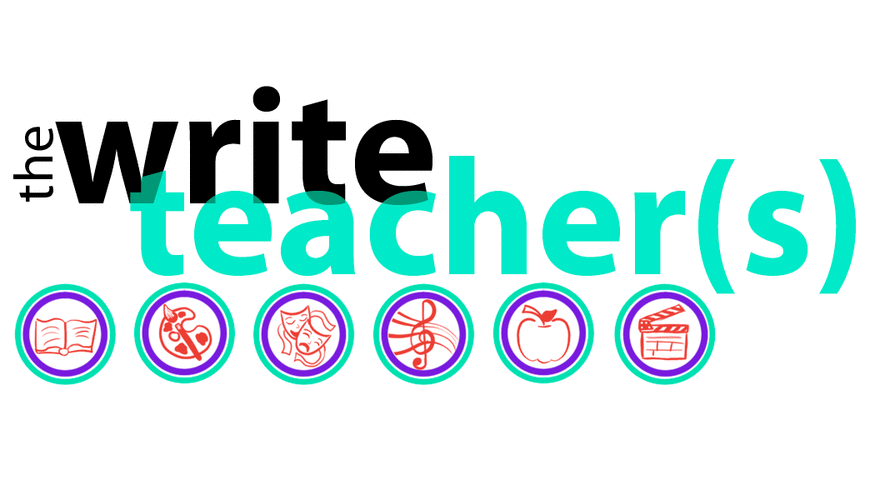Dear Bookworms,
I’ve just finished reading Barbara Taylor Bradford’s new release Cavendon Hall, a story following the lives of the occupants of the early twentieth century English estate of the same name.
Largely centering on two main families, the Inghams and the Swanns, the story spans the course of seven years, incorporating the events of World War I. The Inghams are the landed gentry and proprietors of the estate, and the Swanns, a family whose history is bound and intertwined with the Inghams’ through generations of devoted service.
This book sets the tone for what Bradford seems to intend as a series, giving a cursory introduction to each personality in this rather large cast of characters. Generations of ancestors are mentioned throughout the novel for both of the major families, as are a wide array of estate staff members and ancillary characters. More than once, I found myself wishing for a diagram of the family trees.
Those of you who have seen the television series Downton Abbey will feel very at-home within the pages of this book. Much like that series, the estate is the center point for this novel. The characters, in turn, venture out from and return home to the comforting security of the estate. Many of the characters also resemble their Downton Abbey counterparts, from the elderly matriarch described as “acerbic and outspoken” (283) to the proud and proper butler with a good heart.
While plotlines for certain characters are given more time than others in this installment, you see enough of everyone to understand that the real star of this book is the home that binds them all together.
Although the novel is long (approximately 400 pages), more time is spent on describing minute details than on developing overall themes. Several times there occurs an unnecessary duplication of scenes whereby a character repeats the events from the previous pages to another character. However, this is done without contributing any additional details that would further the plot or be of interest to the reader. The most developed aspect of the story is the treatment of the war, which progresses naturally over the course of the book and is supported with much historical detail.
The setting therefore, is rich with possibilities but, unfortunately, I feel that the plotlines are woefully underdeveloped. Likewise, the leaps in time, which take place between chapters as well as between each of the five parts that make up this book, give the feeling that the story is simply rushing along to the next plot point.
For me personally, the most disappointing aspect of this book was the ambiguous sense of morality conveyed by the characters in their treatment (or lack thereof) of honesty and sexual expression. The latter of which is described in somewhat graphic terms. I felt that this was summarized rather well when one of the characters says, “We can fornicate, the Swanns and Inghams, and have done so for centuries, from what I gather. But we can’t confide?” (363)
Overall bookworms, I’m afraid that this particular novel is not my cup of tea (although I would encourage you all to make your own decision.) The setting is well done but I would require a deeper development of characters and themes in order to inspire me to keep track of this many characters. Have any of you read this title? What are your thoughts?
Keep reading!
Live, Love, Learn,
Elise & The Write Teacher(s)


